GENERAL CONCEPTS OF THE CONGENITAL ARTERIOVENOUS FISTULA
The arteriovenous fistula is an anomalous connection between an artery and a vein. Blood flows directly from an artery to a vein without reaching the capillary circulation. This will cause an anomaly in the oxygenation of the affected tissues.
The arteriovenous fistula may be congenital or acquired. The congenital arteriovenous fistula appears in the birth because of a bad growth in the uterus or also because of genetic diseases which cause an abnormal development of blood vessels (for instance the Rendu-Osler-Weber’s syndrome).
The acquired arteriovenous fistula has different causes:
- Punching lesions of the skin. A sharp lesion like a stab or a shot on an anatomical zone where an artery and a vein are very near.
- Cardiac catheterization. As a trouble to this process.
- Surgical. It is mainly observed in cases of renal dialysis in order to avoid the obliteration of the vein by cicatricial tissue.
The most frequent symptoms of the congenital arteriovenous fistulae are the swelling of extremities and blue-reddish coloration when they are near the cutaneous surface. If a big arteriovenous fistula is not treated, it will cause a dilatation and bulging veins because of the excessive blood pressure towards the venous network.
Small arteriovenous fistulae don’t use to produce repercussions in the patient while big arteriovenous fistulae can cause:
- Cardiac insufficiency by increasing the intensity of pumping of the heart.
- Pain in the legs by claudication.
- Blood coagula which may cause deep venous thrombosis.
- Bleeding.
The diagnosis of the arteriovenous fistula is based on the angiography by magnetic resonance as well as the test by phonendoscope. Putting the phonendoscope over the arteriovenous fistula we will be able to hear the blood flow where we can also hear a similar sound like the humming of machinery, in case of showing an arteriovenous fistula.
The congenital arteriovenous fistulae can be eliminated through a coagulation therapy with laser, a guided compression by an echography, a catheter embolization or through surgical treatment (depending on the size and location of the fistula). Watch an example of congenital arteriovenous fistula with affectation of a lower extremity.

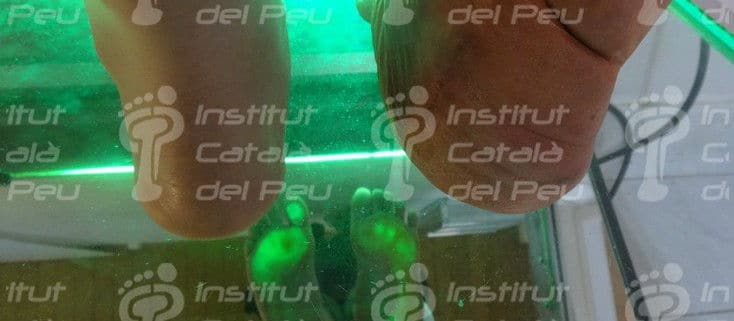
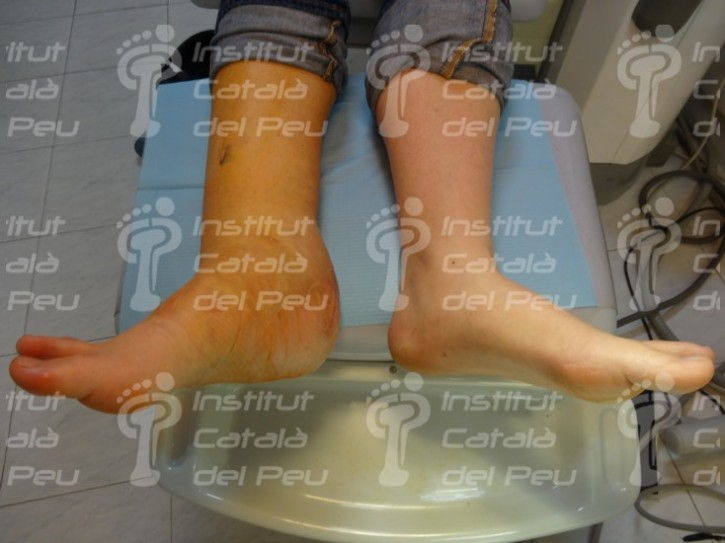
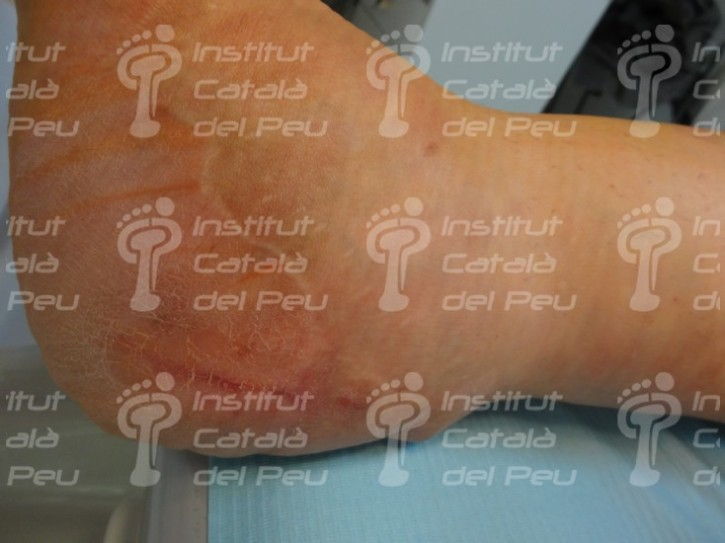
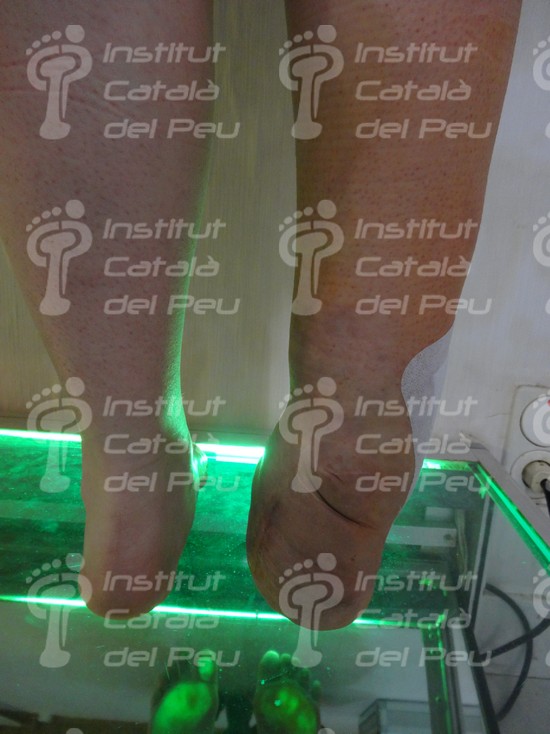
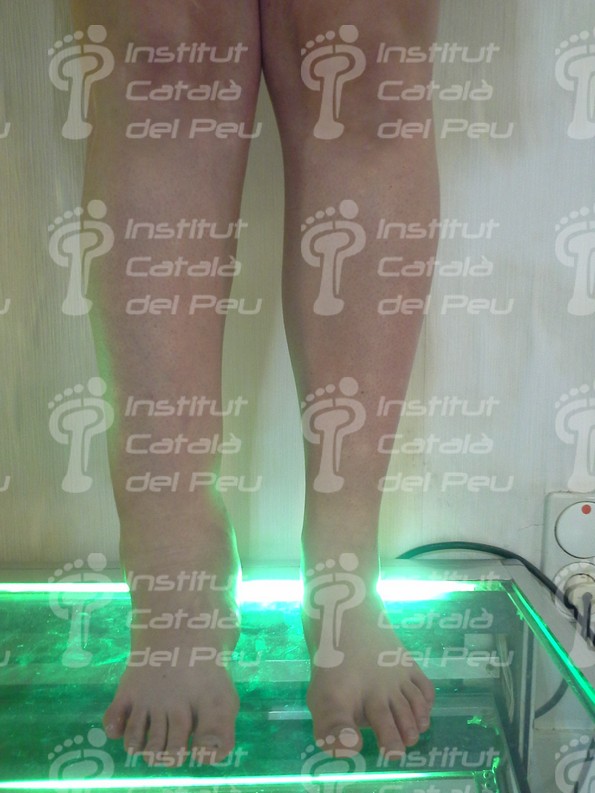
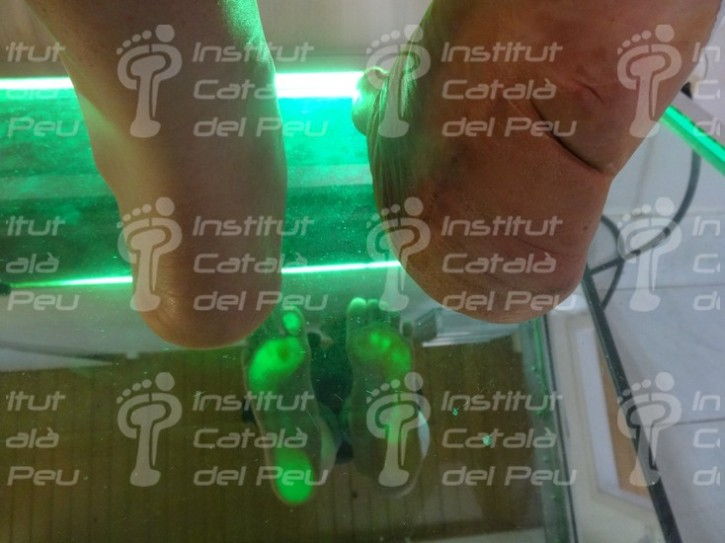
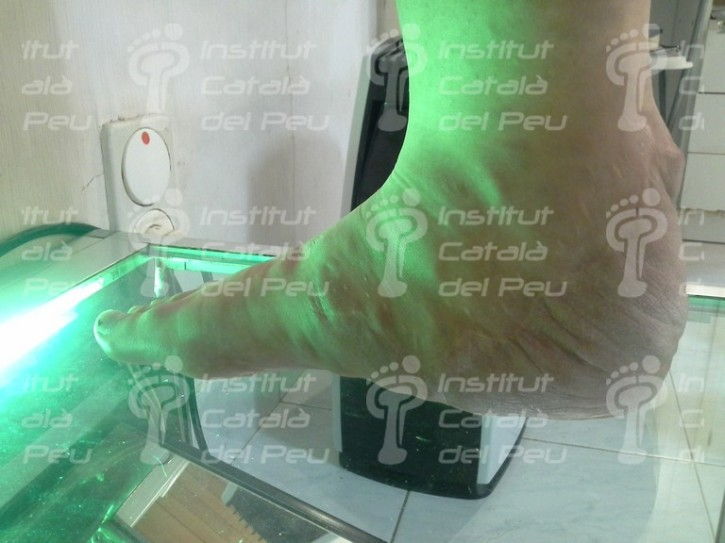
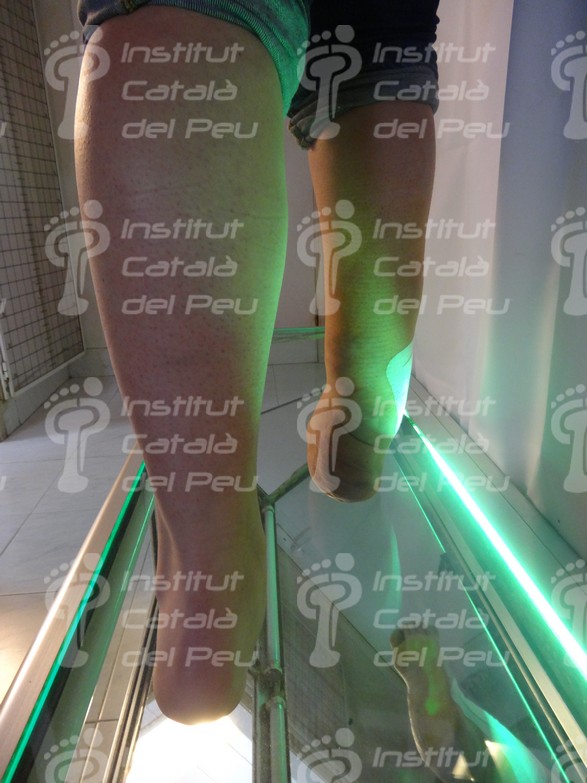
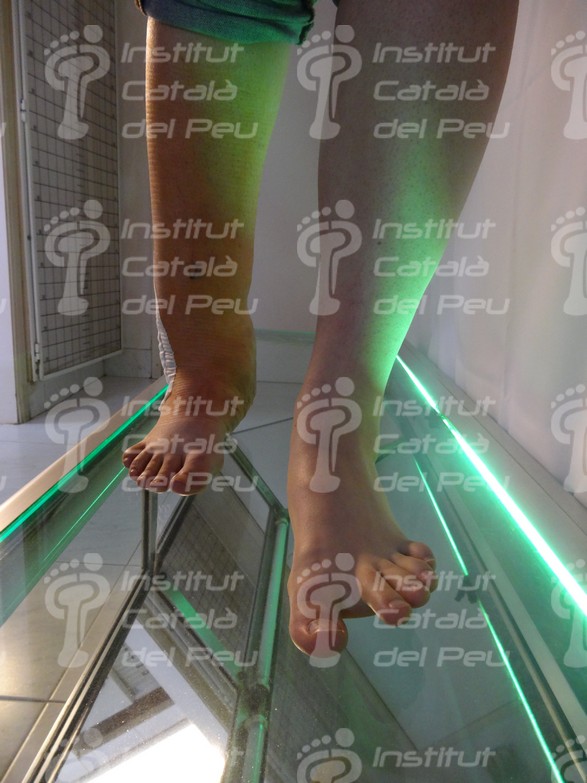
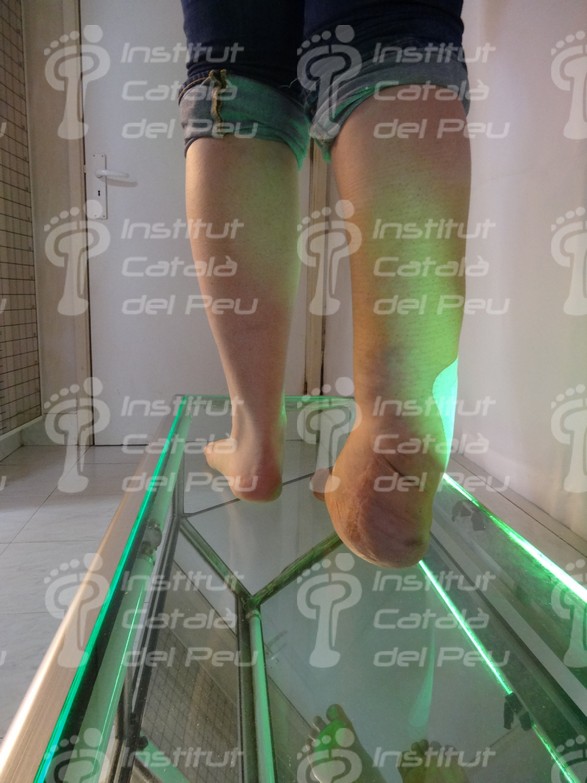







Leave a Reply
Want to join the discussion?Feel free to contribute!